 WEATHER
WEATHERWeather behavior during the wheat campaign 2013-2014 is described using a method to calculate the water reservoirs in the soil and its anomalies. These latter are named ‘Classification of Soil Humidity’ and were calculated as a monthly average during all the entire wheat cycle, but come from a daily analysis, and express the degree of deviation from the habitual conditions for each region and period of year. Moisture classification is a proper indicator since it summarizes the behavior of the most relevant climatic variables, such as the spatial-temporal distributions of rains and their interaction with the evapotranspiration, which in turns depends on temperature, solar radiation, winds and atmospheric humidity.
The maps, which are used operationally and for any period of time, in this case are monthly and contain a politic subdivision by department, which may be associated to the main wheat areas of the country, representing here only Pampean provinces. The presentation of map sequence that classify the soil moisture and a description of its behavior allow the reader to have a clear idea of which was the weather evolution of wheat crop, and agronomic considerations are described in another section of this report. We should clarify that the habitual or normal conditions are not always the best suited for the crop in all regions and periods of the year; therefore, during the winter and early spring, normal conditions might be hydric deficit in regions located at the west and northwest of the wheat region, such as the V North sub-region, however these same conditions could represent situations of some soil water excess in the east center and south east of the wheat region.
 MAY 2013
MAY 2013
The beginning of wheat crop presented a normal distribution of moisture in the Province of Buenos Aires, except in its Western area and a dry pulse in the North of the Province of Córdoba.
 JUNE 2013
JUNE 2013
An intensification of a dry pulse turned into low edaphic moisture conditions in the West of the Province of Buenos Aires. In the rest of the region shown in the map, there were no great variations and the surface humidity conditions suitable for sowings continued, allowing perform them in time.
 JULY 2013
JULY 2013
July was a dry month in the West of the Pampean region and normal in the remaining regions. The lack of rainfall and subsequent losses of edaphic moisture were a matter of concern among producers.
 AUGUST 2013
AUGUST 2013
There was a change in August made by a significant recharge of soil moisture in the wheat crops of the Southeast of the Province of Buenos Aires, representing a very good indicator of the yields of this region. There were also improvements in the rest of the Pampean region.
 SEPTEMBER 2013
SEPTEMBER 2013
Climate effect led to a reduction of water reserves in the soil except in the East-central part of the Province of Entre Ríos and in the East and Southeast of the Province of Buenos Aires.
 OCTOBER 2013
OCTOBER 2013
Water reserves remained low except in the South of the Province of Buenos Aires where very good wheat yields were predicted.
 NOVEMBER 2013
NOVEMBER 2013
There were very good conditions in soil profiles due to good water supply, and excesses can be observed in the Provinces of Santa Fe, Entre Ríos, and in the North of Córdoba.
 DECEMBER 2013
DECEMBER 2013
As a month of harvest, soil moisture distribution allowed suitable conditions for labours.
 JANUARY 2014
JANUARY 2014
Very good conditions to finish the wheat crop harvest.
| MAY 2013 | JUNE 2013 | JULY 2013 |
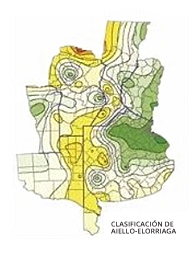
|
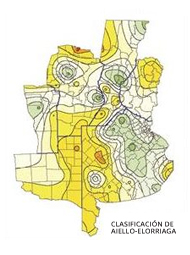
|
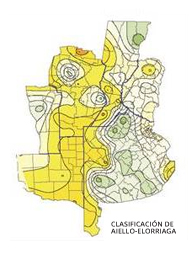
|
| AUGUST 2013 | SEPTEMBER 2013 | OCTOBER 2013 |
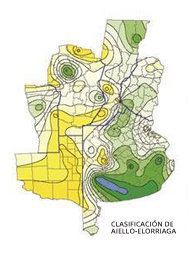
|
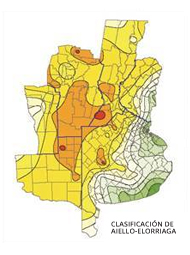
|
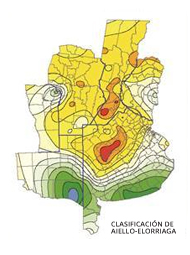
|
| NOVEMBER 2013 | DECEMBER 2013 | JANUARY 2014 |
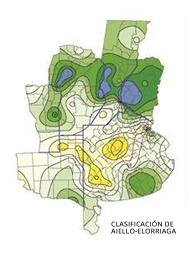
|
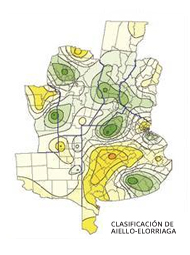
|
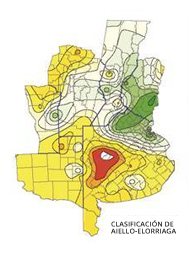
|
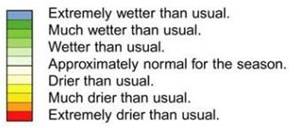
| ||







